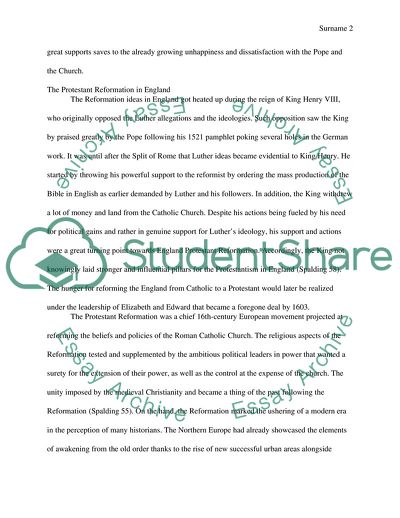Cite this document
(The Protestant Reformation in England Essay Example | Topics and Well Written Essays - 3000 words, n.d.)
The Protestant Reformation in England Essay Example | Topics and Well Written Essays - 3000 words. https://studentshare.org/history/1866930-protesetant-reformation-in-england
The Protestant Reformation in England Essay Example | Topics and Well Written Essays - 3000 words. https://studentshare.org/history/1866930-protesetant-reformation-in-england
(The Protestant Reformation in England Essay Example | Topics and Well Written Essays - 3000 Words)
The Protestant Reformation in England Essay Example | Topics and Well Written Essays - 3000 Words. https://studentshare.org/history/1866930-protesetant-reformation-in-england.
The Protestant Reformation in England Essay Example | Topics and Well Written Essays - 3000 Words. https://studentshare.org/history/1866930-protesetant-reformation-in-england.
“The Protestant Reformation in England Essay Example | Topics and Well Written Essays - 3000 Words”. https://studentshare.org/history/1866930-protesetant-reformation-in-england.


